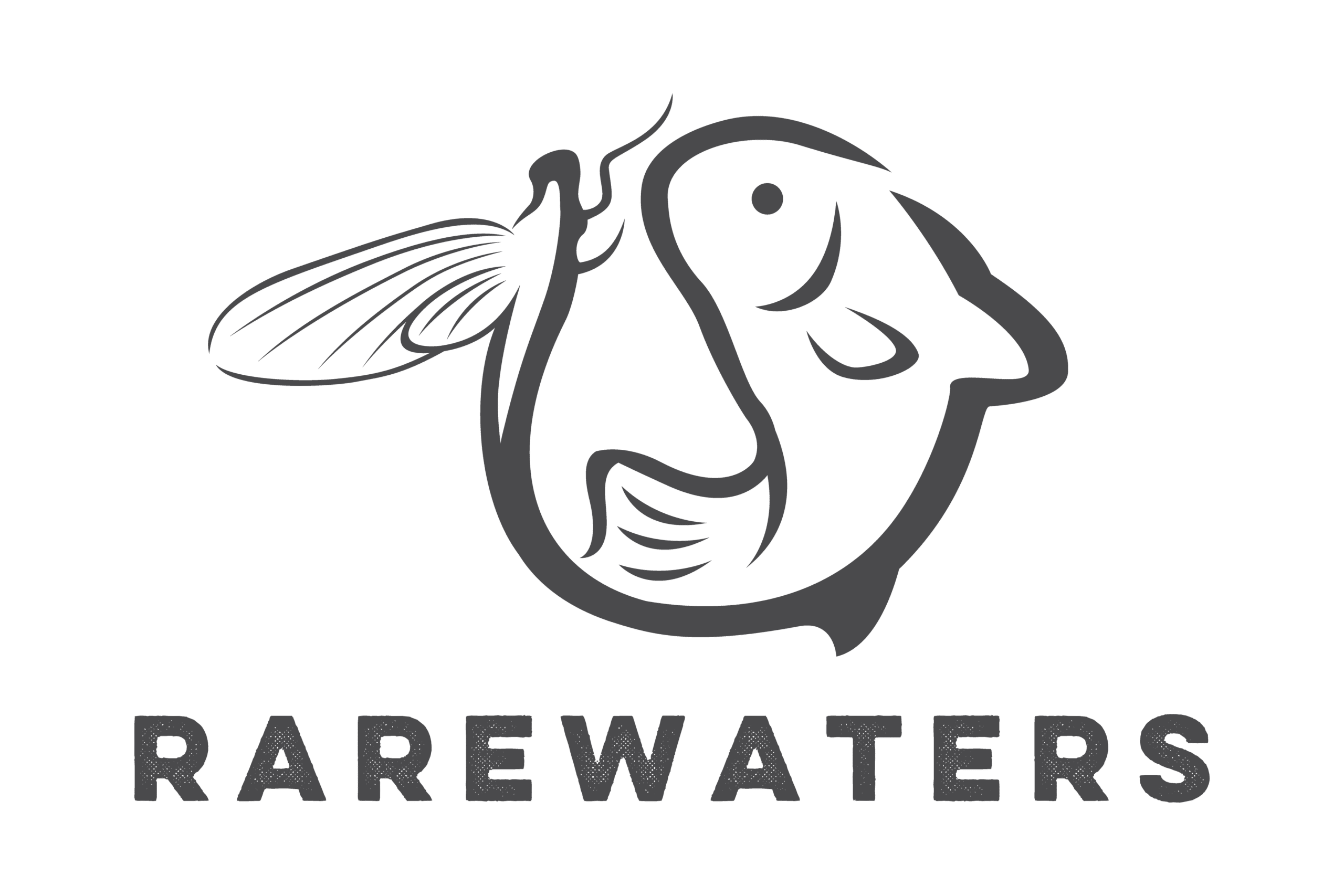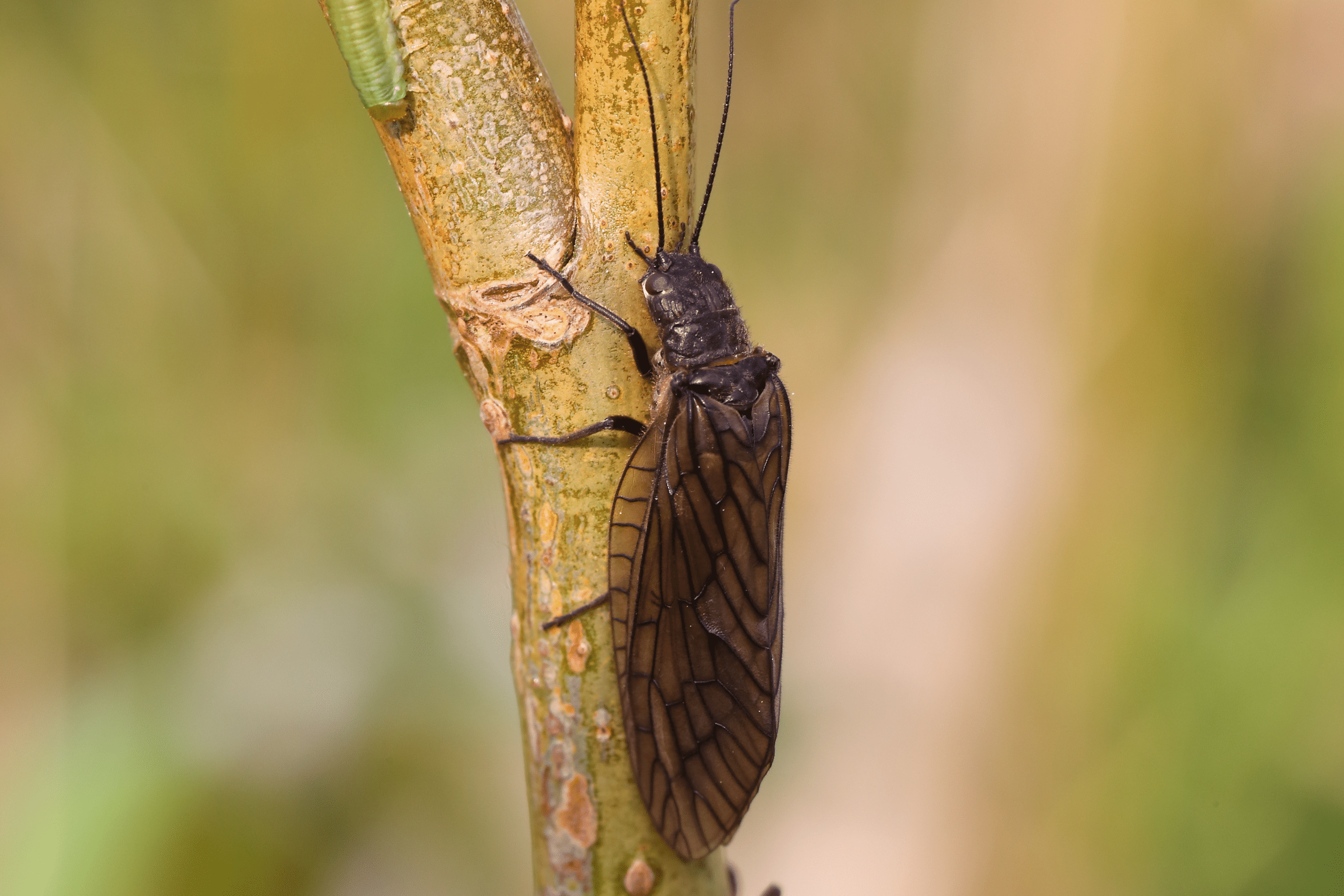Caddis Fly Biology and Behavior
The caddis fly (order Trichoptera) is a group of insects that are closely related to moths and butterflies. They are characterized by their long, slender bodies and two pairs of wings. Adult caddis flies typically have a wingspan of 1-2 cm and are found in a wide range of habitats, including freshwater streams, rivers, and ponds.
Caddis flies have a complete metamorphosis, with four distinct life stages: egg, larva, pupa, and adult. The eggs are laid in or near water and hatch into larvae, which are aquatic and spend most of their time crawling along the bottom of the water body or hiding in crevices. The larvae are herbivorous and feed on a variety of aquatic plants. They use silk to construct cases or shelters, which they carry with them as they move around.
The pupal stage takes place within the case or shelter and is the stage in which the insect undergoes its transformation into an adult. Once the pupal stage is complete, the adult caddis fly emerges from the case or shelter and flies off to begin the adult stage of its life.
Adult caddis flies are generally poor fliers and are most active at dusk or during the night. They are important food sources for a variety of animals, including fish, birds, and other insects.
Caddis flies are found all over the world and there are over 15,000 species known to science. They are also used for fly fishing as caddis fly imitations are effective for catching fish such as trout.
Caddis Flys and Fly Anglers
As a fly angler, understanding the biology and behavior of caddis flies can be very helpful in making effective fly selections and presentations.
For example, one of the most common species of caddis fly is the Green Caddis, also known as the Green Rockworm (genus Rhyacophila), this caddis fly species are present in many streams and rivers across North America, and they are particularly active during the months of May and June. They live in fast-moving water and their larvae feed on algae and other aquatic plants. Knowing that this caddis fly species is present in a particular stream or river, an angler would be wise to carry a selection of flies that imitate the Green Caddis, such as the “Green Rockworm” fly pattern and fish them during the evening, when the hatch is most active.
Another example is the Spotted Sedges (genus Hydropsyche), this caddis fly species are present in many streams and rivers across North America, and they are particularly active during the months of July and August. They live in slow-moving water and their larvae feed on detritus. Knowing that this caddis fly species is present in a particular stream or river, an angler would be wise to carry a selection of flies that imitate the Spotted Sedges, such as the “Spotted Sedge” fly pattern and fish them during the evening, when the hatch is most active.
In addition to selecting the right fly pattern, understanding the behavior of caddis flies can also help the angler in terms of presentation. For example, the Green Caddis, their larvae are known to crawl along the bottom of the water before emerging as an adult, the angler might choose to fish a fly pattern that imitates the caddis fly at that stage of its life, and to present the fly in a way that mimics the crawling behavior (e.g. a “dead drift” presentation).
Similarly, the Spotted Sedges, their pupae are known to swim to the surface before emerging as an adult, the angler might choose to fish a fly pattern that imitates the caddis fly at that stage of its life, and to present the fly in a way that mimics the swimming behavior (e.g. a “swing” presentation).
In summary, knowledge about the biology and behavior of specific caddis flies species such as the Green Caddis and the Spotted Sedges can be an important tool for fly anglers, helping them to select the right fly patterns and to present them in a way that mimics the natural behavior of the insects. This knowledge can increase the chances of catching fish, especially in waters where caddis flies are an important food source.








